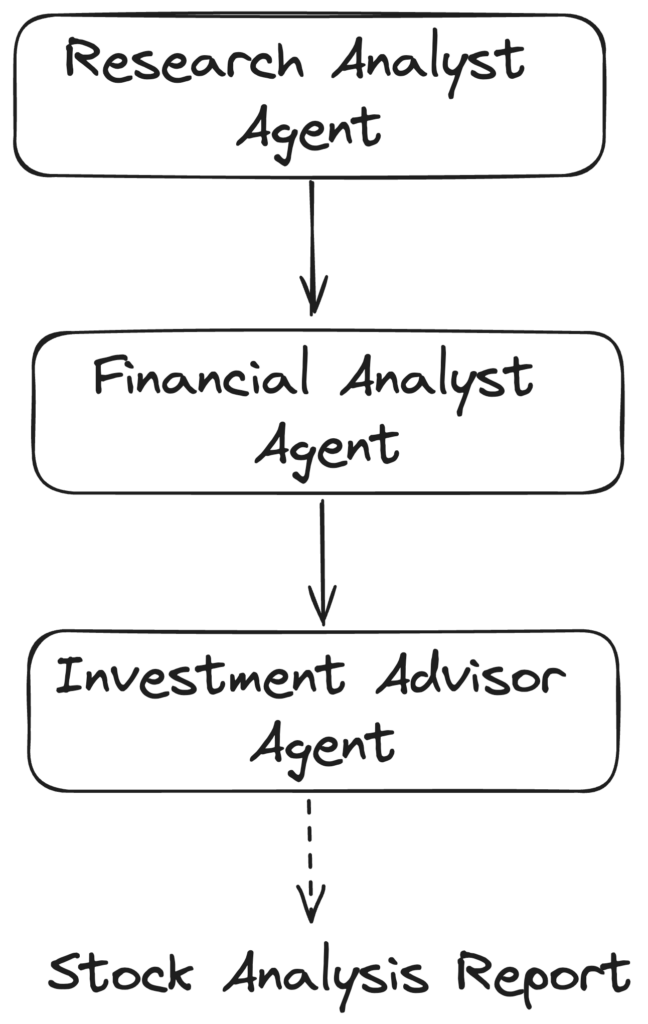20 Great Suggestions For Deciding On Ai Invest Websites
20 Great Suggestions For Deciding On Ai Invest Websites
Blog Article
Top 10 Suggestions To Evaluate Ai And Machine Learning Models For Ai Stock Predicting/Analyzing Platforms
It is crucial to evaluate the AI and Machine Learning (ML) models utilized by stock and trading prediction systems. This will ensure that they provide accurate, reliable and practical insight. Models that are overhyped or poorly constructed can lead flawed predictions, and even financial losses. Here are 10 top tips to evaluate the AI/ML capabilities of these platforms.
1. Understand the Model's Purpose and Method of Approach
The goal must be determined. Make sure the model was designed for long-term investing or trading in the short-term.
Algorithm transparency: Check if the platform provides information on the algorithms employed (e.g. Regression, Decision Trees Neural Networks, Reinforcement Learning).
Customizability: Determine if the model can be adjusted to your specific trading strategy or risk tolerance.
2. Evaluation of Performance Metrics for Models
Accuracy Check the accuracy of the model's predictions. Don't rely only on this measure however, as it may be misleading.
Precision and recall: Evaluate how well the model identifies true positives (e.g., correctly predicted price movements) and minimizes false positives.
Risk-adjusted gain: See whether the assumptions of the model lead to profitable transactions, after taking into account risk.
3. Make sure you test the model using Backtesting
Performance from the past: Retest the model with historical data to assess how it performed under different market conditions in the past.
Check the model against information that it hasn't been taught on. This will help to prevent overfitting.
Scenario analysis: Examine the model's performance in different market scenarios (e.g. bull markets, bears markets high volatility).
4. Make sure you check for overfitting
Overfitting: Be aware of models that are able to perform well using training data but not so well when using data that is not seen.
Regularization Techniques: Check to determine if your system is using techniques such as regularization of L1/L2 or dropout in order prevent overfitting.
Cross-validation. The platform must perform cross validation to test the model's generalizability.
5. Assess Feature Engineering
Relevant features: Verify that the model is based on relevant attributes (e.g. price, volume and technical indicators).
Select features: Make sure you only choose the most statistically significant features, and doesn't include irrelevant or insignificant information.
Dynamic feature updates: Determine that the model can be adapted to changes in characteristics or market conditions over time.
6. Evaluate Model Explainability
Interpretation: Ensure that the model gives clear explanations of its predictions (e.g. SHAP values, significance of the features).
Black-box platforms: Be wary of platforms that employ too complicated models (e.g. neural networks deep) without explainability tools.
User-friendly insights: Make sure the platform gives actionable insights that are presented in a manner that traders will understand.
7. Assessing the model Adaptability
Changes in the market: Check whether the model is able to adapt to new market conditions, such as economic shifts, black swans, and other.
Continuous learning: Ensure that the platform is regularly updating the model by adding new data to boost performance.
Feedback loops. Ensure you incorporate user feedback or actual outcomes into the model to improve it.
8. Look for Bias & Fairness
Data bias: Make sure whether the information used in the training program are real and not biased (e.g. or a bias towards certain sectors or time periods).
Model bias: Determine whether the platform monitors and corrects biases within the predictions of the model.
Fairness - Check that the model you choose to use isn't biased towards or against specific stocks or sectors.
9. Calculate Computational Efficient
Speed: Find out the speed of your model. to generate predictions in real-time or with minimum delay particularly for high-frequency trading.
Scalability: Find out if a platform can handle multiple users and large datasets without performance degradation.
Resource usage: Check if the model is optimized to utilize computational resources effectively (e.g., GPU/TPU utilization).
10. Transparency in Review and Accountability
Model documentation. Ensure you have detailed documentation of the model's architecture.
Third-party Audits: Verify that the model has been independently checked or validated by other parties.
Error Handling: Determine if the platform is equipped with mechanisms that identify and correct mistakes in models or failures.
Bonus Tips
Case studies and user reviews User feedback is a great way to get a better idea of how the model works in real-world situations.
Trial period: Use the demo or trial version for free to test the model's predictions and useability.
Customer support: Ensure your platform has a robust assistance to resolve technical or model-related issues.
By following these tips by following these tips, you will be able to evaluate the AI and ML models used by stock prediction platforms, ensuring they are accurate, transparent, and aligned with your trading objectives. Read the most popular such a good point for investment ai for more tips including stock analysis app, ai stock picker, ai trading, ai based trading platform, trade ai, ai chart analysis, investing ai, copyright financial advisor, ai for trading, canadian ai stocks and more.
Top 10 Suggestions For Evaluating The Social And Community Features Of Ai Stock Trading Platforms
To understand the way that users interact, share and learn it is crucial to assess the social and community aspects of AI-driven stock trading platforms. These features can improve the user experience as well as provide valuable support. These are the top ten ways to analyze social and community aspects of these platforms.
1. Active User Community
Check to see whether there is a lively community of users that participates regularly in discussion and shares their insights.
Why: A community that is active is a place in which users can learn and grow with one another.
2. Discussion Forums, Boards, and Discussion Forums
Tips: Take a look at the level of engagement and the quality in discussion forums or message boards.
Why Forums are important: They allow users to discuss market trends, ask questions and share strategies.
3. Social Media Integration
Tips: Make sure the platform integrates with social media channels to share information and updates (e.g. Twitter, LinkedIn).
Why is this? Social integration of media is an excellent method to boost engagement and also get real-time updates about the market.
4. User-Generated Materials
Search for tools that allow you create and share content such as articles, blogs or trading strategies.
The reason: Content that is created by users encourages a collaborative atmosphere and gives a different view.
5. Expert Contributions
Tips - Make sure the platform includes contributions from experts in the industry, such as market analysts and AI specialists.
Expert knowledge adds authenticity and depth to community discussions.
6. Real-time Chat and Messaging
Tip : Assess the available instant chat and messaging options for users to communicate in real-time.
Real-time interactions allow for rapid sharing of information and collaboration.
7. Community Moderation and Support
Tip: Determine the level and kind of support that is offered by your community (e.g. Moderators or representatives for customer service).
Why: Moderation is important to ensure a positive and respectful environment. Support helps users resolve their issues as quickly as is possible.
8. Webinars and events
Tip: Find out if there are any live events, webinars, or Q&A sessions conducted by experts.
Why? These events are great opportunities to get educated about the industry and have direct interaction with experts.
9. User Reviews and User Feedback
TIP: Look out for features where users can leave feedback about the platform as well as its community and features.
What is the purpose: Feedback from users helps to identify areas of strength and areas for improvement in the community ecosystem.
10. Gamification of Rewards
Tip. Make sure the platform provides gamification elements (e.g., leaderboards and badges) and rewards for active engagement.
Gamification is a powerful tool that encourages users to interact more closely with their communities and platform.
Bonus Tip: Privacy and Security
Be sure to use robust privacy measures and security when using the social and community features. This will help protect your personal information and data.
You can evaluate these features to decide whether the AI trading and stock prediction platform has the community you need and encourages you to trade. Follow the best stock analysis app for website tips including best ai stock trading bot free, ai hedge fund outperforms market, trader ai, stock analysis websites, coincheckup, copyright ai trading bot, ai investment platform, copyright advisor, best stock analysis app, best ai trading software and more.